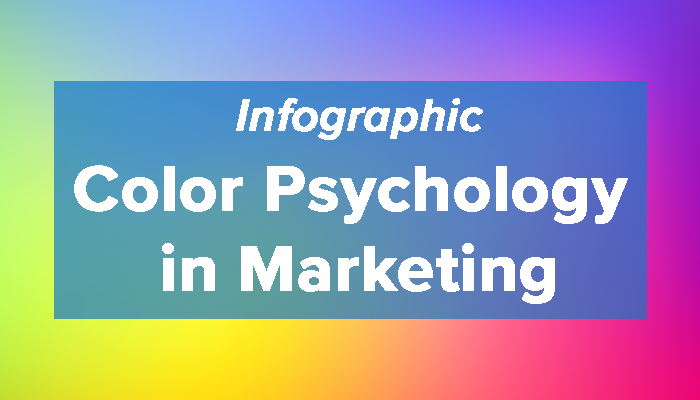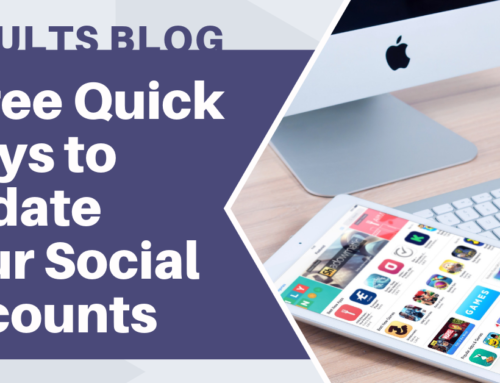Color Psychology in Marketing (Infographic)

Color plays a powerful role in the way buyers perceive brands and can even influence their purchasing decisions. Check out the infographic below to learn how color choices can impact consumers’ emotions and decision-making.
Red
- Urgency
- Excitement
- Power
- Passion
Red is often seen as a passionate and powerful color, and is often used by brands who want to convey a bold and adventurous brand personality. Just be sure to use it sparingly – too much red can come across as aggressive.
Orange
- Fun
- Energy
- Warmth
- Confidence
If you want to convey positivity and motivation, orange is a great choice. Orange is associated with fun and friendliness, which makes it a good choice for a non-corporate brand. It’s frequently used in markets geared towards youth.
Yellow
- Happiness
- Optimism
- Creativity
- Extroversion
The color yellow is often perceived as being cheery and youthful. Yellow also encourages appetite, which is why it’s often used by brands in the food industry. However, too much yellow can make viewers feel anxious, so use sparingly.
Green
- Health
- Freshness
- Nature
- Growth
Green is thought to be the most eye-catching color. It is synonymous with life and nature, as well as growth and power. If you want to portray health and harmony, green is the perfect color choice.
Blue
- Trust
- Dependability
- Wisdom
- Loyalty
Blue is the most soothing color, and is also one of the most popular color choices in branding. But keep in mind, the color blue also suppresses appetite, so it’s not recommended for brands in the food industry.
Purple
- Imagination
- Spirituality
- Luxury
- Mystery
The color purple signifies mystery and sophistication. It’s a popular choice for many luxury brands, but use with caution – purple is the color of mourning in several Asian and South American countries.
Want help with your branding or marketing? Get in touch!




